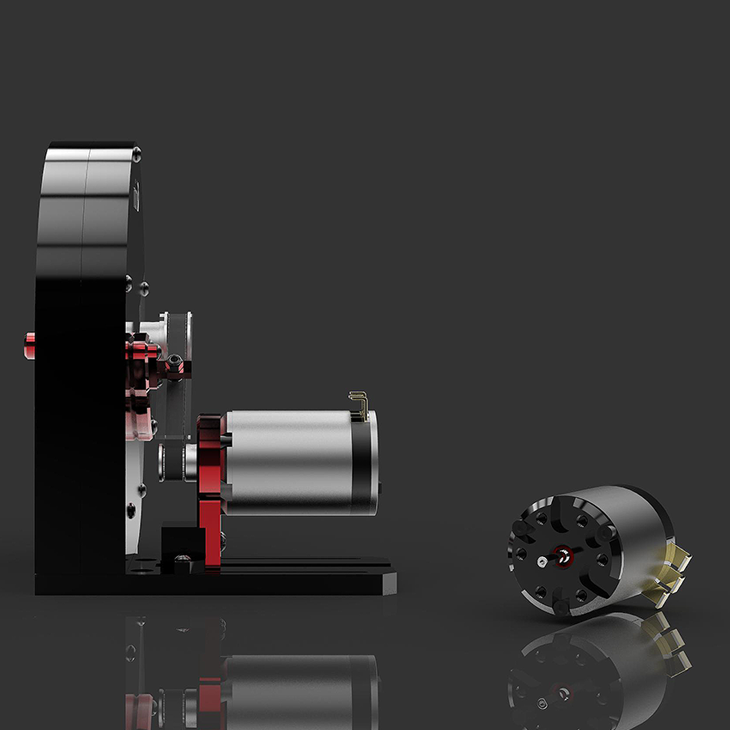
What is Electromagnetic Interference (EMI)?
Electromagnetic interference (EMI) is the phenomenon in which an electromagnetic field created by one device interferes with the operation of another nearby device. This interference can cause a variety of issues, including signal distortion, data corruption, and even complete device failure. EMI is a common problem in electronic devices, and it is important for designers and engineers to understand how it works and how to prevent it.
EMI can be caused by a variety of sources, including power lines, electronic equipment, and radio waves. When an electrical current flows through a wire, it creates a magnetic field around the wire. This field can induce a current in nearby wires, which can cause interference. Additionally, electronic equipment can generate electromagnetic fields, which can interfere with nearby devices. Radio waves, such as those from cell phones or radio transmissions, can also cause EMI.
There are several methods for preventing or reducing EMI. One common method is shielding. Shielding involves placing a conductive material, such as copper or aluminum, around the device or the wires that carry signals. This material blocks the electromagnetic field, reducing or eliminating interference. Another method is grounding. Grounding involves connecting the device or the wires to the earth, which can help to dissipate the electromagnetic field.
Filtering is another common method for reducing EMI. Filters are devices that remove unwanted frequencies from a signal. This can help to prevent interference caused by frequencies outside of the desired range. Additionally, twisted pair wiring can be used to reduce EMI. Twisted pair wiring consists of two wires twisted together, which helps to cancel out the electromagnetic field created by each wire.
EMI is an important consideration in the design and operation of electronic devices. It can cause a variety of issues, from minor signal distortion to complete device failure. Designers and engineers must take steps to prevent or reduce EMI, such as shielding, grounding, filtering, and using twisted pair wiring. By understanding how EMI works and how to prevent it, designers can create electronic devices that operate reliably and efficiently, even in the presence of other electronic devices or electromagnetic fields.







